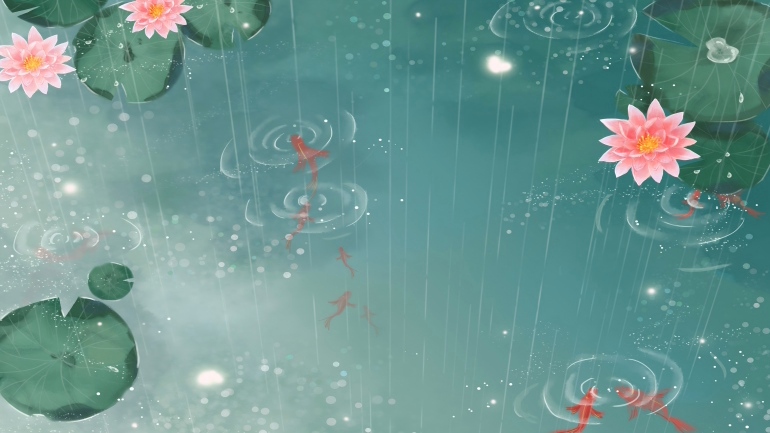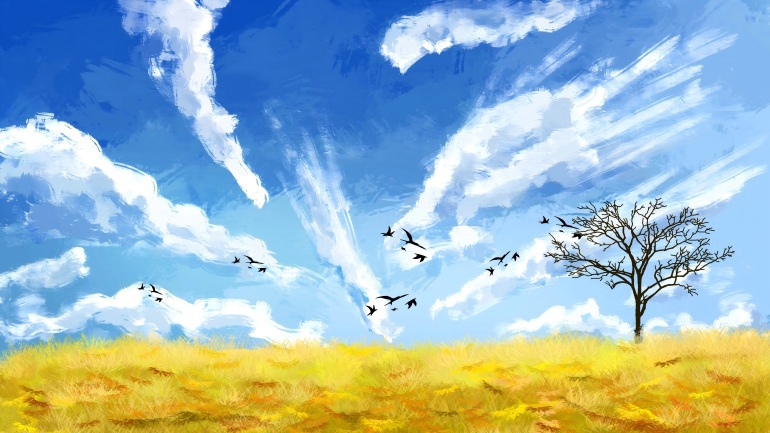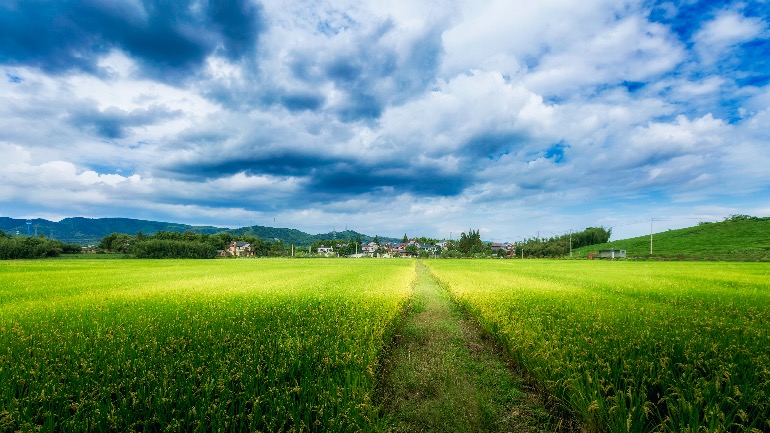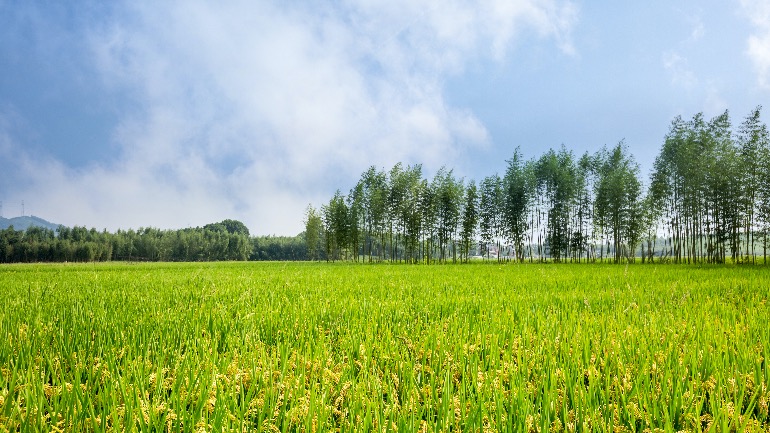Actually, this is all clearly elucidated in the early Buddhist texts, specifically in Nagarjuna’s exposition of emptiness and dependently arisen phenomena. The Yogacara tenets postulate that cause and result is a phenomenon brought about by the orderly ripening of a seed in the alaya consciousness; it is not an entity that exists outside.
KHENPO'S BLOG
To attain liberation, we must practice. In the absence of practice, our ignorance will not dissolve on its own; we will continue to follow our karma and wander in the cycle of existence. Sometimes it is darkness, sometimes it is a bit of light; eighty to ninety percent of the time it is darkness, the rest of the time it is light; within the light, there is also darkness. So, light in the cyclic existence is extremely rare. If we choose to remain infatuated with worldly existence and ignore the truth, we can only expect to go on indefinitely like this.
Why is it we cling to our existence in samsara, but not to the experience in a dream?
Because a dream is very short. Upon waking up, we quickly come to the realization that the circumstances in the dream are unreal and do not exist. In contrast, samsara lasts a long time, the end is not yet in sight. When the bodhisattvas, who were once ordinary people, attain the first bhumi, it is like wakening up from a dream; they instantly realize all is an illusion, like a dream.
Human beings have very diverse capacities, so their goal in life is also diverse. Some are content to just meet their basic needs; some chase after happiness; some are not content with pursuing sensual pleasures and want to look into life’s ultimate meaning. If our only aspiration in life is to satisfy our basic needs, we are no different from ordinary animals. We should have wisdom, which is the biggest difference between a human being and other animals; wisdom is also the special advantage we humans have. To bring this advantage into full play, we have to perceive the world clearly and know our true purpose in life. When we see the truth, we may feel let down by our old ways of perceiving things; however, this disappointment is very different from other kinds of disappointment. This is realization of emptiness. It is a very important step.
Many people cannot comprehend how external objects can be our mind. Take these flowers for example: clearly they were first grown, then sold by the vendors to us; how can they be our mind? If the flowers were our mind, why would we need to pay for them? What about the money and the vendors?
There is really no difference between the events that happen in the daytime and in our dreams; they are all phenomena of our mind. In the dream, we still have to climb the stairs one step at a time; we still have to buy a ticket to get on the plane; we still have to pay for the flowers, unless in the dream they are stolen. All that happens to us in the daytime can also happen in our dream; as long as the dream continues, there is no difference between the two.
It is clearly stated in the tantric texts that beginners should not do what the yogis do, that yogis not act like realized masters, and realized masters not behave like the Buddha. Beginners aiming to make progress should start by undertaking seriously the practices of contemplating the rare and precious human birth, impermanence of all phenomena, suffering of samsara, etc., and adhering to the precepts rigorously.
Many people think our mind is the mental consciousness. In Yogacara, the mind is composed of eight kinds of consciousness – the five kinds of sense consciousness, the sixth mental consciousness, the seventh manas (defiled) consciousness and the eighth alaya consciousness. The alaya consciousness is the base or ground of all consciousness. So, our mind is not just the mental consciousness.
As for the view that “mind is inside, objects are outside,’’ this is the perception of the mental consciousness. For instance, when our hand comes into contact with fire, it is very hot to the touch, but what is this thing called hot? It is also a kind of sensation. In addition, when our hand touches an object, most of us think there must be such an object out there. If not, how can we possibly touch it? Most people are of this opinion, but it is mistaken. We can cite numerous examples to refute this perception.
For example, everyone thinks these mala beads are round, but on what basis do we say they are round? Actually our eyes can only see one side of the bead; like looking at a photo, we can only see the front, not the back. However, if we touch the bead with our thumb and middle finger, we can touch both the front and the back and say it is round. Our thumb has a sensation, our middle finger also has a sensation. The two sensations combined produce a feeling that it is round. Nonetheless, these are two sensations, not one. It is our mind that pulls all the information together and concludes the bead is round; it is the mind’s perception and finding. This is a misapprehension. Without investigation, we also accept the conclusion it is round; however, upon examination, we begin to question how we can be certain it is round. We will never know for sure since this feeling is specific to our sense faculty and mind. Most people think these sensations can be traced to an object. But who can prove they are based on a truly existent object outside? It can never be proven.
To realize emptiness, we must first have the right understanding: all things are phenomena of the mind; moreover, the mind is inherently empty. Regarding this understanding, there are also many levels, the highest of which is Dzogchen. It is the view in tantra and the third turning of the wheel of Dharma that all worldly phenomena are an illusion and that mind is clear light in essence. This understanding is extremely important.
The sutra system also acknowledges tathāgatagarbha is luminous and empty at once, but neglects to mention that it may have multiple manifestations. However, we learn from the tantric texts that tathāgatagarbha is the true nature of all phenomena; to ordinary people, it appears as the defiled world we are in; whereas to realized beings, the manifestation of tathāgatagarbha is the mandala of the buddhas—the world of peaceful and wrathful deities.











